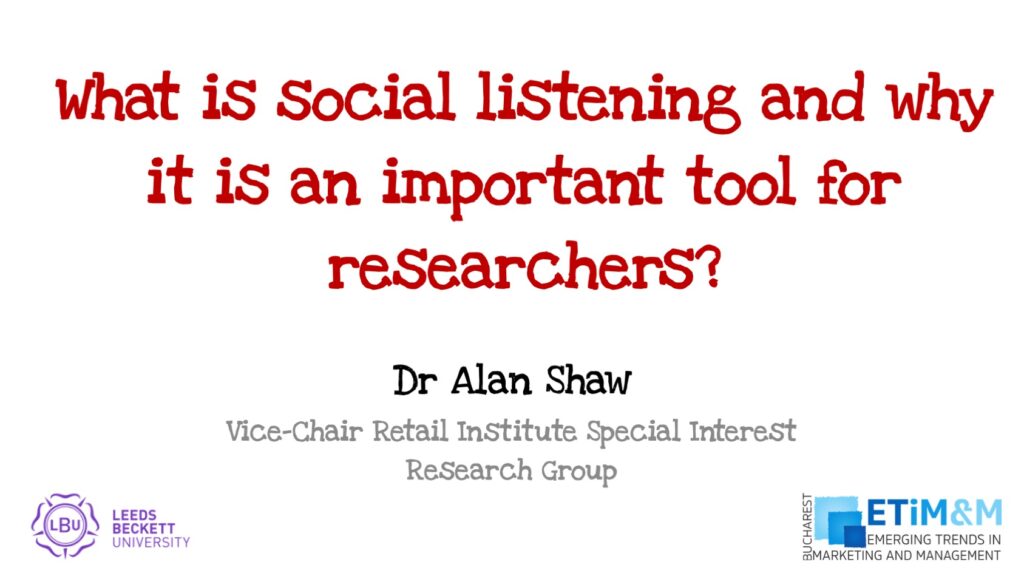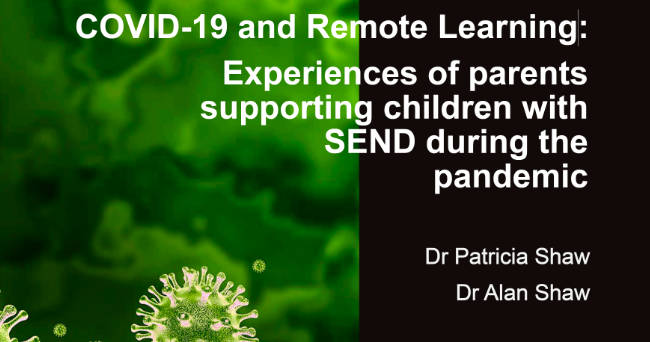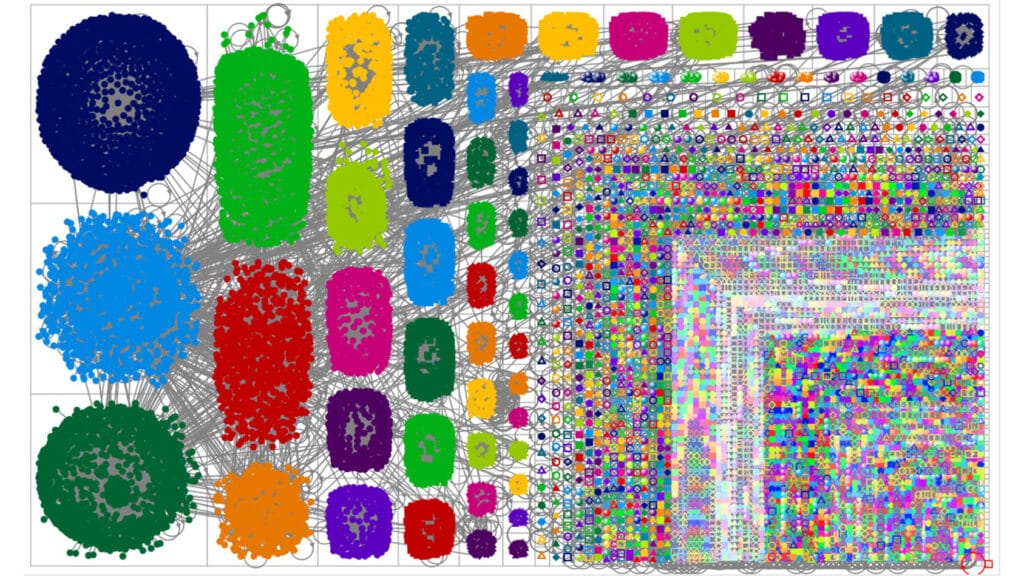This blog is based on a presentation I did for businesses in the York area looking to do marketing on a shoestring. It is geared to the travel and tourism sector but there are many “take away” elements that other sectors can use.
The first thing to consider before establishing how you can do marketing on a shoestring is to clarify exactly what marketing is. The Chartered Institute of Marketing (from the UK) states that:
Marketing is the management process responsible for identifying, anticipating and satisfying customer requirements profitably.
The American Marketing Association says that:
Marketing is the activity, set of institutions, and processes for creating, communicating, delivering, and exchanging offerings that have value for customers, clients, partners, and society at large.
To keep it simple I would argue that marketing is the process of changing your products or services into a brand that your target customers will love. There are a number of theories that will allow you to do this: unfortunately I did not have the time to go through them. Instead I concentrated on highlighting the importance of adhering to the marketing mix frame work.
Marketing Mix.
The marketing mix or the “4Ps” as it is commonly known is a framework used by marketers to build their strategies, plans and tactics. It is based on the key elements (or constructs) that drive the business. I must add that the marketing mix should not be restricted to the “4Ps”, there are a number of other elements that should be considered and they don’t have to start with the letter “P”. To avoid getting into a deep philosophical argument about the structure and principles of marketing, I have based the marketing mix in this blog to words beginning with the letter “P”. The ones that I think are important for the travel and tourism sector are:
- Product
- Price
- Promotion
- Place
- People
- Physical Evidence
- Process
- Partnerships
Let’s now look at each individually (note I have left the promotional element to the very end as I want to spend a bit more time with it).
Product: The product or service being delivered must ideally be different from the competition. The marketer (and business) has to spend time understanding the market so that they can identify the gaps, trends, opportunities and threats in order to position their brand to maximise their goals. A key point to note here is a physical product can be differentiated by a service or process and place. Market research can help you do this and I will explain later how it can be done on the cheap.
Price: The pricing strategy is another important factor. In the travel and tourism sector prices should vary to suit demand. It can be used as a “hook” to entice customers. Again the best way to understand this element is through market research which I will address later.
Place: The place is where the customers buy, use or engage with the brand. It is ostensibly the marketing channels used by the organisation. Businesses should look at maximising their reach by adopting a multichannel approach. The most cost effect channel has to be the digital one.
People: In the service sector people are extremely important. It could be argued that they become an extension of the brand. It is therefore vital that they understand the brand values that have been established and “live the brand” on a day to day basis. The business should have an extensive induction programme for the staff. The marketer should have an input to the process: promoting the brand values. There should also be ongoing updates: engaging staff on how the business is going.
Physical Evidence: In the travel and tourism sector the element of evidence is based on the organisation’s performance. Many people will read reviews on sites like Tripadvisor before making a decision. This means that marketers will find themselves in a “fait accompli”, that is why, as a minimum, they need to invest time and resources into educating staff (the people element).
Process: The Process is usually the first experience that many customers will have of an organisation. There’s no value in making the rest of the business run perfectly if this part is faulty. Again the people element has a big part to play. As a marketer you should get customer feed back, simple paper questionnaires are easy to do, there is also the option of using digital platforms like Survey Monkey which means you don’t have to retype the data into your monitoring devise.
Partnerships: These can be used to enhance your brand, providing a platform to reach a wider audience. Work with local businesses: think of ways to support each other. Make sure you have engaged with the local tourist information centre. Go back and review the channel options: someone like Tripadvisor could be ideal for your business. You may want to consider Foursquares as a means of providing some form of loyalty scheme. There are also platforms like Laterooms that could extend your reach.
Market Research
Earlier I highlighted the importance of doing market research. This should help with your business and marketing plans (or strategy). It can seem a bit daunting if you have never done it before but there are resources out there to support you. The best place to start will be your library; some of the bigger branches will have supporting services that can provide:
- Business to business mailing lists.
- Company information and accounts.
- Market research reports including Mintel and Key Note.
- Business information fact sheets.
- Guidance on protecting your products and services with patents, trade marks, registered designs and copyright.
- Guidance on how to avoid infringing other people’s intellectual property rights.
- Patent and trademark search service.
Let’s now end this blog by focusing on the promotional element of the marketing mix.
Promotion.
Promotion is the way a company communicates what it does and what it can offer to its customers. It must gain attention, it must be appealing, it must tell a consistent message, and it must give the customer a reason to choose the product rather than that of a competitor. Good promotion is not a one-way communication process, it should pave the way for a dialogue with customers.
In the field of promotion the first thing you should consider is, how to balance your traditional and digital marketing requirements. The new digital age has transformed the travel and tourism sector although it is worth saying that not all businesses in this sector are driven through the digital channel.
Some local attractions will have a greater success using traditional methods like physical banners, leaflets and flyers. The changes to the print sector mean that there are more opportunities to get innovative low cost physical collateral to help promote you. The challenge will be in designing the message. If you do not have the expertise in house then you should consider external support.
Despite this there can be no doubt that the internet is extremely important. More and more people use Google or another search engine to look for what they require, particularly when it comes to hotels and travel. A website is a must and as a minimum it should have:
- A section about you.
- Your products and services.
- How to contact you.
You should also explain why you are different from the rest, and why your customers should go for you: this is your key message and falls in line with your brand values.
If you cannot afford a website then why not consider one of the many social media sites. As a minimum you should have Facebook and Google+.
Studies have shown that pictures can really entice customers, so your sites should have lots of them. You should also consider videos. These days photos and videos are easy to produce so you might want to consider doing it yourself. Don’t forget to maximise these by utilising social media sites like YouTube, Vimeo, Pinterst and Flicker. If you are up to it and have the time also think about Vine.
The one thing that you must also do is keep an eye of what is being said about you. The most prominent platform is likely to be Tripadvisor so do sign up to it.
There you have it, a very brief insight on how to do marketing on a shoestring (for the travel and tourism sector). I have also included the link to an interactive presentation on the subject:
Click on the center to start the presentation.
Related articles:
- Social Media Marketing Campaigns from around the world.
- Social Media Competitions: 5 Simple Steps.
- Videos and the World of Marketing.
- Social Media.
- Social Media a business driver or divider?
Alan Shaw
Latest posts by Alan Shaw (see all)
- What is social listening and why it is an important tool for researchers? - July 31, 2021
- COVID-19 and Remote Learning: Experiences of parents supporting children with SEND during the pandemic. - June 30, 2021
- Using Netnography To Evaluate The Launch And Collapse Of The European Super League - April 21, 2021
- Developing Semi-Structured Interview Questions: An Inductive Approach. - April 9, 2020
- Developing Semi-Structured Interview Questions: A Deductive Approach - April 9, 2020















